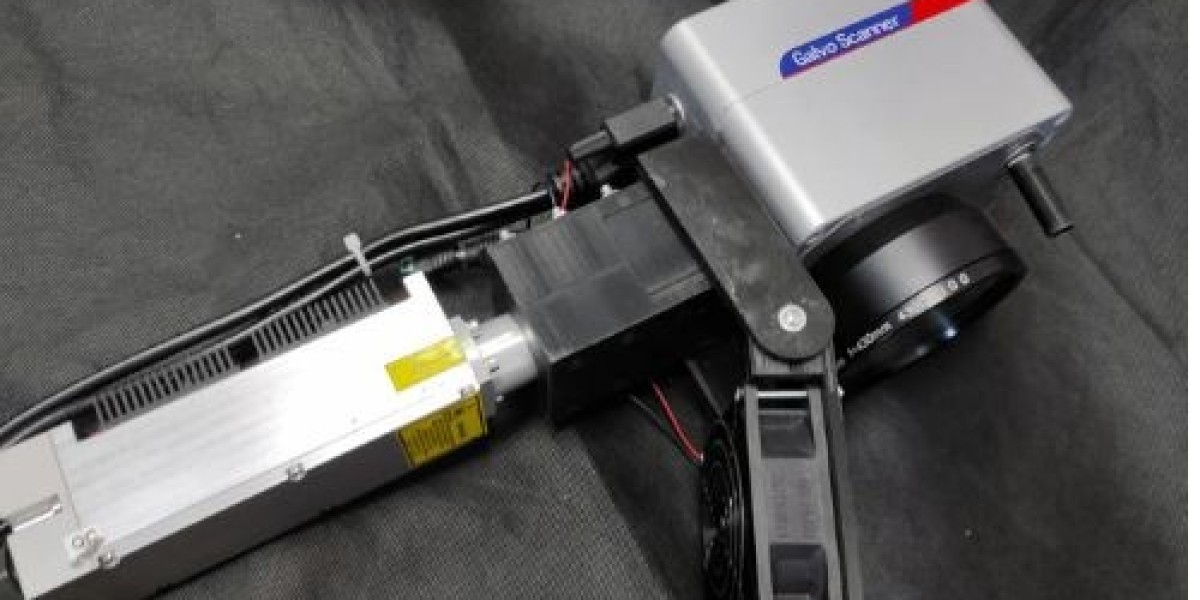Rust is a persistent problem for many industries, leading to structural damage, reduced efficiency, and costly repairs. Traditional rust removal methods, such as sanding, chemical treatments, or abrasive blasting, are often time-consuming and may harm the environment. Enter the laser rust removal machine — a cutting-edge solution designed to address these challenges with precision, efficiency, and eco-friendliness.
In this guide, we'll explore what makes laser rust removal machines a game-changer, their benefits, and how they are shaping the future of surface cleaning.
What Is a Laser Rust Removal Machine?
A laser rust removal machine uses high-powered laser beams to remove rust, paint, and other surface contaminants from metals and other materials. By directing focused laser light at a surface, the rust is vaporized or converted into gas, leaving behind a clean and polished finish.
These machines are versatile and used across industries, including automotive, aerospace, construction, and manufacturing.
How Does It Work?
The process involves:
- Emission of Laser Beams: A laser emitter generates high-intensity light pulses directed at the rusted surface.
- Thermal Reaction: The rust absorbs the laser energy, breaking down into gas or vapor without damaging the underlying material.
- Residue Removal: Minimal residue is left, which can be easily cleaned with basic tools.
This non-contact method ensures that the base material remains unharmed, making it ideal for delicate surfaces.
Key Benefits of Laser Rust Removal Machines
Eco-Friendly Operation:
Unlike chemical methods, laser rust removal eliminates the need for hazardous materials, reducing environmental impact.Precision and Control:
Laser machines allow for targeted cleaning, ensuring that only the rusted areas are treated without affecting surrounding surfaces.Cost-Effective Over Time:
While the initial investment may be higher, these machines require minimal maintenance and consumables, leading to long-term savings.Versatility:
They work on various materials, from steel and aluminum to delicate alloys, making them suitable for diverse applications.Minimal Waste Generation:
Unlike abrasive blasting, which produces large amounts of debris, laser cleaning generates minimal waste, simplifying cleanup.
Applications of Laser Rust Removal Machines
- Automotive Industry: Restoring classic cars, removing rust from vehicle parts, and preparing surfaces for painting.
- Aerospace Industry: Cleaning aircraft components with precision to ensure optimal performance.
- Industrial Maintenance: Removing rust from machinery and tools to extend their lifespan.
- Cultural Heritage Preservation: Restoring historical artifacts without damaging their intricate details.
Choosing the Right Laser Rust Removal Machine
When selecting a machine, consider:
- Power Output: Higher wattage machines remove rust faster but may be more expensive.
- Portability: Handheld units are ideal for on-site applications, while larger units are better suited for workshops.
- Automation Options: For large-scale industrial use, automated systems can improve efficiency.
Conclusion
The laser rust removal machine is transforming the way industries approach surface cleaning. Its eco-friendly nature, unmatched precision, and long-term cost benefits make it an indispensable tool for professionals and DIY enthusiasts alike.



